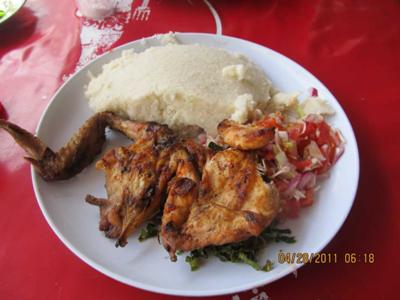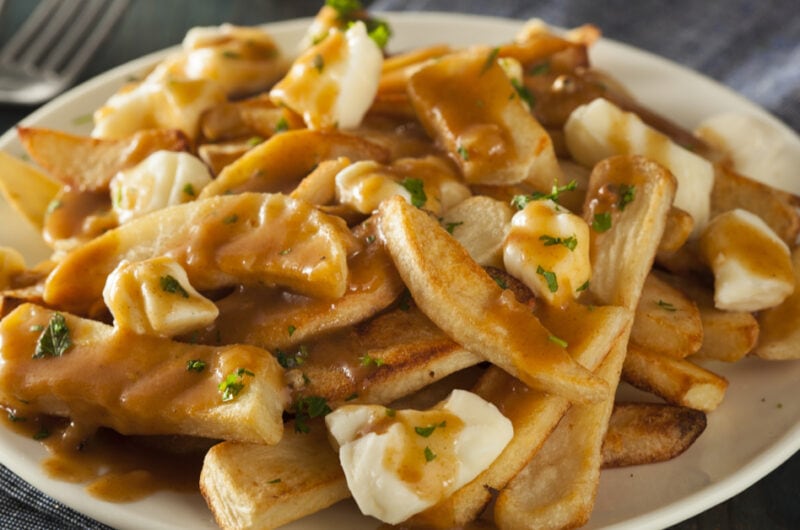Introduction to Burundian Cuisine
Burundian cuisine is a reflection of the country’s diverse cultural influences from neighboring countries, including Tanzania, Congo, and Rwanda. It is characterized by a rich blend of flavors, colors, and textures, incorporating a variety of ingredients that are unique to the region. Burundian cuisine is predominantly vegetarian, with an emphasis on legumes, vegetables, and grains. However, meat dishes are also popular, particularly goat and chicken.
The Geography of Burundian Cuisine
Burundi is a landlocked country in East Africa, bordered by Tanzania to the east, Congo to the west, and Rwanda to the north. Due to its location, Burundian cuisine has been heavily influenced by the culinary traditions of its neighboring countries. The cuisine is also influenced by the country’s topography, with its central plateau producing crops such as beans, corn, and cassava, while the lowlands are known for their rice fields.
The Influence of Tanzania on Burundian Cuisine
Tanzania’s influence on Burundian cuisine can be seen in the use of spices and flavors such as cardamom, ginger, and coconut milk. Tanzanian dishes such as ugali (a type of porridge made from maize flour) and pilau (a rice dish cooked with spices and meat) have also influenced Burundian cuisine. One of the most popular Burundian dishes, mtori, is a soup made from green bananas and meat that is commonly served in Tanzania.
The Influence of Congo on Burundian Cuisine
The Democratic Republic of Congo has had a significant influence on Burundian cuisine, with dishes such as mukeke (a cassava-based dish) and isombe (a dish made from cassava leaves and beans) being popular in both countries. The Congolese also introduced the use of palm oil and peanuts in cooking, which have since become staples in Burundian cuisine.
The Influence of Rwanda on Burundian Cuisine
Rwandan cuisine has had a significant impact on Burundian cuisine, with dishes such as urwagwa (a fermented banana beer) and umutsima (a dish made from cassava and corn flour) being shared between the two countries. Rwandan cuisine has also influenced the use of plantains in Burundian cooking, particularly in dishes such as ibijumba (plantain pancakes).
The Role of Spices in Burundian Cuisine
Spices play a crucial role in Burundian cuisine, with many dishes incorporating a blend of spices such as cumin, coriander, and cardamom. Spices are used to enhance the flavor of dishes, particularly meat dishes such as grilled goat and chicken. Spices are also used in vegetarian dishes, such as bean stews and vegetable curries.
Common Ingredients in Burundian Cuisine
Burundian cuisine incorporates a variety of ingredients, including legumes, vegetables, grains, and fruits. Common ingredients include beans, lentils, cassava, maize, plantains, and sweet potatoes. Fruits such as bananas, mangoes, and pineapples are also commonly used in desserts and drinks.
Conclusion: The Diversity of Burundian Cuisine
Burundian cuisine is a reflection of the country’s diverse cultural influences, with neighboring countries such as Tanzania, Congo, and Rwanda having a significant impact on the cuisine. The cuisine is characterized by a rich blend of spices, flavors, and textures, incorporating a variety of ingredients that are unique to the region. Despite being predominantly vegetarian, meat dishes are also popular in Burundian cuisine, particularly goat and chicken. The diversity of Burundian cuisine is a testament to the country’s rich cultural heritage and culinary traditions.


